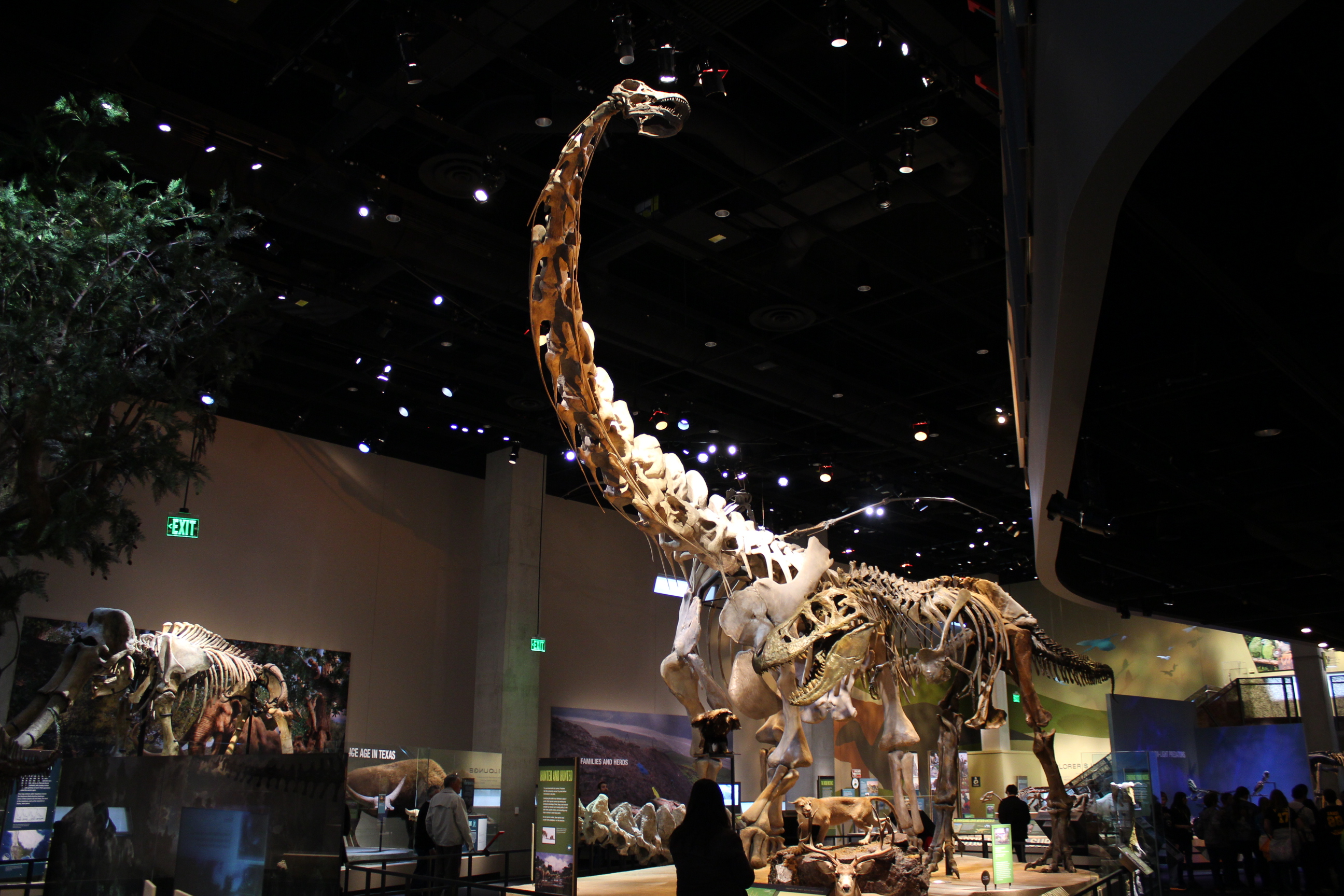Today, the largest land animal in North America is the bison, which can clock in at nearly 4 meters (13 feet) in length, and weigh as much as two grand pianos. But as much as we love bison, they pale in comparison to the biggest terrestrial animal ever to have roamed the continent: Alamosaurus.
The rest of this article is behind a paywall. Please sign in or subscribe to access the full content.
Part of the aptly named titanosaurs – a group of ridiculously gigantic and long-necked sauropod dinosaurs – this enormous lizard is estimated to have been a whopping 21 meters (70 feet) long, and though it’s difficult to determine just how heavy something was based on fossils, the higher end of the estimation scale puts it at up to 80 tons. That’s about 40 times as heavy as today’s lofty icons, the giraffes.
Scientists first discovered the giant that is Alamosaurus back in 1921, after geologist John B. Reeside, Jr stumbled upon an enormous fossil specimen near New Mexico’s Ojo Alamo Formation, which would eventually lend the dinosaur its name.
From there, researchers were able to determine that Alamosaurus lived during the Late Cretaceous, from about 70 million years ago right up to 65 million years ago when that pesky asteroid brought the reign of the dinosaurs to an end.

Alamosaurus makes T. rex look positively puny.
What’s particularly intriguing about Alamosaurus is that it appeared in North America after a 30-million-year gap in the fossil record known as the “sauropod hiatus”. During this period, it appears as though there were no sauropods on the continent, the exact reasons for which are up for debate. Maybe an argument between a sauropod boyband sent them running off in opposite directions, maybe they went extinct, or it could be that no sauropod remains were preserved during this time – being turned into a fossil isn’t guaranteed.
“The fossilization process is a very rare process,” Dr Susannah Maidment, senior researcher in the division of Vertebrates, Anthropology, and Palaeobiology at the Natural History Museum, London, told IFLScience. “Sometimes we have things like skin and other soft tissues like feathers preserved and usually that requires a quite unique set of burial conditions, often very rapid burial.”
If it was a matter of extinction and reintroduction, however, some scientists believe that the sauropod hiatus ended with Alamosaurus migrating northwards from what is now South America. It’s a reasonable theory; at the time, South America was very much the land of the titanosaurs, playing host to 37-meter (121 feet) long giants like Patagotitan.
We can’t say for sure either way (okay, maybe we can discount the sauropod boyband breakup theory), but hey, at least now we know that North America managed to hold on to at least one giant dino before they all disappeared.
Source Link: North America’s Largest Ever Land Animal Was A 21-Meter-Long Titan